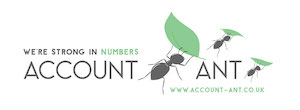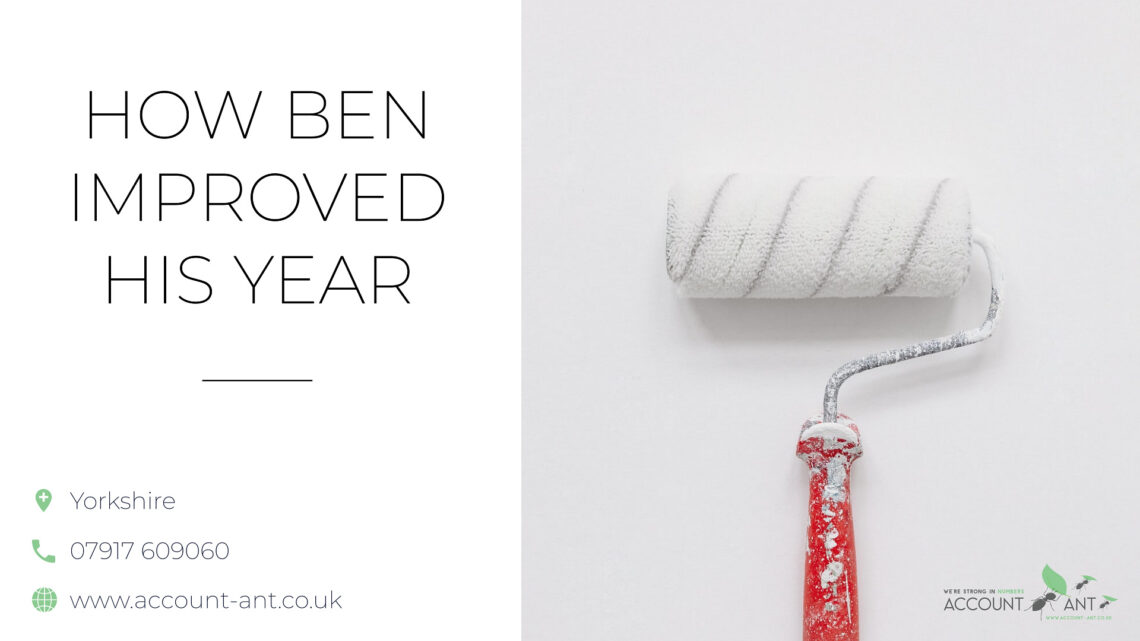To most people who are not Accountants, the terminology we use can be down right confusing. It’s like we’re speaking a different language… The truth is, we’re all from “Planet Abacus” and want to learn this Earth thing you call “plain speaking”… But we haven’t quite got a handle on it yet… But we’re trying! *jokes* On a more serious note, I’m sure there are the odd few Accountants out there that give us all a bad name, by purposefully…
Anyone who knows James and I will know that there was a time when we’d relax on a Sunday morning and watch a horror movie or two… This was obviously pre-children! This blog post is somewhat inspired by those days 😊 Let me tell you a little story about… John the Joiner. John the Joiner has been a sole trader for nearly a decade. His business is steady away but the bookkeeping is the bane of his existence. He must…
“Hurricane a comin’, Stand Fast, Secure the Rigging!”….. This is a line from Disney’s The Little Mermaid and I thought it summed up at least one side of Forecasting for your business. When I was growing up I had one Disney movie on tape – It was “The Little Mermaid”. I’m 95% sure I know all the words from that film…. including songs. So naturally it was going to make it’s way into my blogs at some point! Our toddler…
There’s something I pride myself on above all else… And that is bringing clarity to small business owners! “Scary Accountant Speak”, well I don’t think there’s anyone out there that actually “likes” talking to Accountants about Accounts… The weather? Tick! Dogs? Tick! Cats? Tick! Kids? Tick! But Accounts… there’s a topic that has even Iron Maiden running to the hills! So today we’re going to talk plainly about Profit….and Loss… and a story about dogs! The Profit & Loss (or…
Meet Annabelle. She’s a mobile beautician and reflexologist! Annabelle had set up her Business a year before the dreaded pandemic hit and didn’t have enough accounting history to claim the support from self employed grants offered by the Government. Annabelle didn’t earn much at all in the year 2020/21 – barely scraping the £1,000 threshold required to complete a self assessment form. As if this wasn’t hard enough, shockingly for Annabelle, her Accountant’s fees were almost half her earnings!!! “Don’t…
Say “hi” to Dennis! Dennis has been running a fairly successful Amazon Reseller Store for a couple of years and is looking into how to improve his cash flow… Particularly how to reduce his tax bill!! Dennis overheard a rumour going around that went a little like this… “Buying stock will reduce your tax bill”. Being driven and determined to improve his Business, Dennis channelled Dale Winton in Supermarket Sweep and went Wild In The Aisle (well, to a point!)…
WATCH OUT FOR THIS PITFALL! Meet Joshua, he’s a joiner and works alone but he’s been offered a role in a manufacturing business. Currently, Joshua is self employed with his own Limited Company, so would much rather keep his own books, and wants to invoice the company instead. He’s done this before for many years. “Hold on Josh, you might be about to fall into a Contractor Tax Pitfall!” – said Rachel IR35 has been around for a long time but the rules have…
As the great James Bay once said “Tried to keep you close to me, But life got in between” he wasn’t actually talking about money but we’ve all had that feeling – where does it all go?! Am I being robbed?! Do I purchase things from Ebay in my sleep? I SWEAR I didn’t buy that strange thing that’s just arrived 😉 Getting a bit serious now though, if this is you, there could be reasons why your cashflow is…
Say hello to Becky, Becky is a self employed seamstress by night and Admin Assistant by day. She completed her first self assessment last year. At some point during the year, she received a PAYE coding notice and just chucked it in the bin. She’s just started to notice her pay from her day job is different….why would that be? “Did you tick “update my PAYE code”? on your assessment” asks Rachel (Account-ant) YES says Becky Well, what that means…
Say Hello to Ben, he owns a small decorating firm in Yorkshire which is set up as a Limited Company. Ben has just received his end of year accounts from his Accountant. Ben was CONFUSED! He’d made so much less money than he expected, and was panicking, wondering what to do about it. Ben sat down with Rachel from Account-ant for a coffee and a chat. “Ben, have you heard of Management Accounts?” asked Rachel. Once a month (or quarter)…










